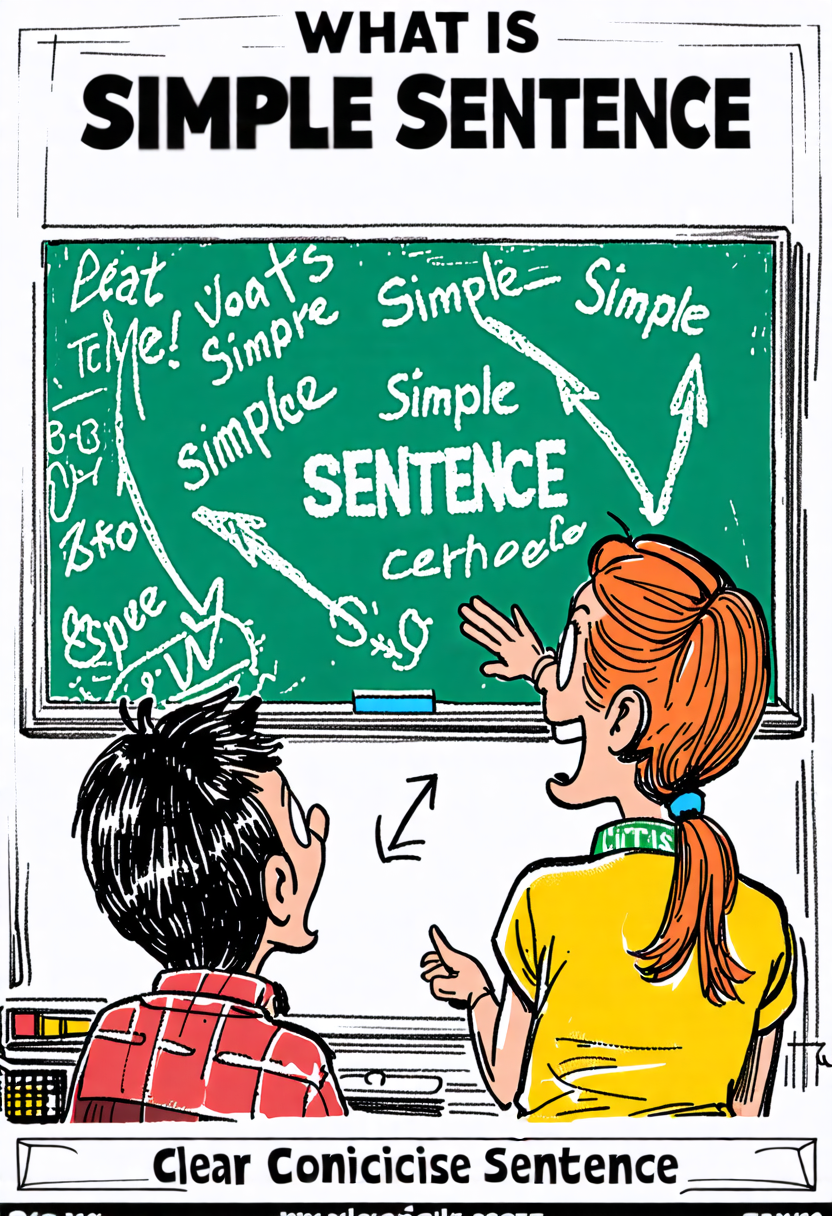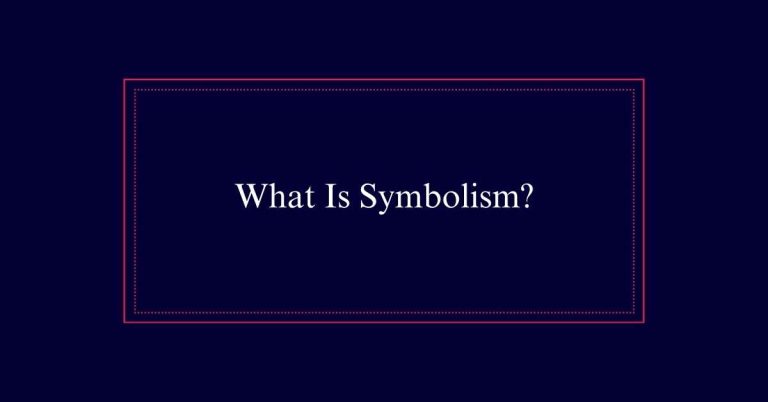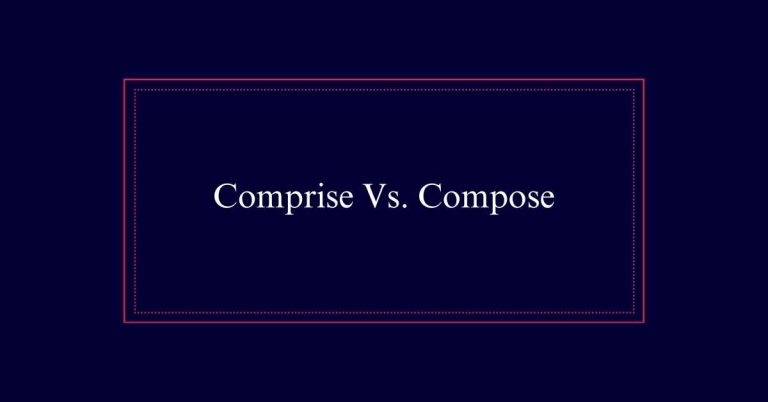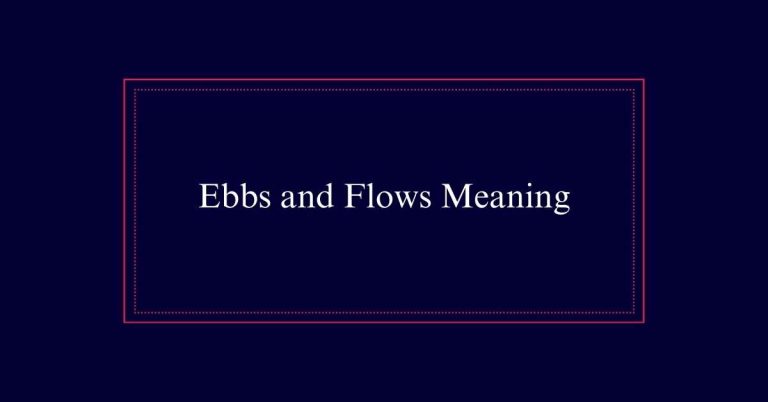What Is Simple Sentence? Meaning and Examples
A simple sentence consists of one independent clause with a subject and a verb, forming a complete thought. It is concise and direct, making it ideal for clear communication. Simple sentences lack dependent clauses and maintain clarity without additional complexity. Examples include “She runs fast,” “The cat sleeps,” and “He eats breakfast.”
Definition of a Simple Sentence
A simple sentence is a sentence that consists of only one independent clause. It has a subject and a verb and can stand alone as a complete thought.
A simple sentence does not contain any dependent clauses. This structure remains straightforward even if it includes direct objects, indirect objects, or modifiers.
For example, ‘The partner loves to hike’ is a simple sentence. It is a fundamental component of English writing, offering clarity and directness.
Simple sentences are essential for clear communication and are often used for emphasis. They are also versatile, as compound elements within the sentence do not change its basic simplicity.
Basic Structure Explained
Understanding the basic structure of a simple sentence is essential for mastering effective communication. A simple sentence comprises a subject and a verb, forming an independent clause. This straightforward structure guarantees clarity and effectiveness in writing. Additional elements like direct objects or modifiers can be included, but they do not change the sentence’s fundamental simplicity.
Here is a breakdown of the basic components:
| Component | Example |
|---|---|
| Subject | The cat |
| Verb | sat |
| Direct Object | on the mat |
| Modifier | quickly |
| Complete Sentence | The cat quickly sat on the mat. |
Key Characteristics
The basic structure of a simple sentence sets the stage for examining its key characteristics. A simple sentence is distinguished by its straightforward composition and clarity. It features a single independent clause, which includes a subject and a verb, and can stand alone as a complete thought.
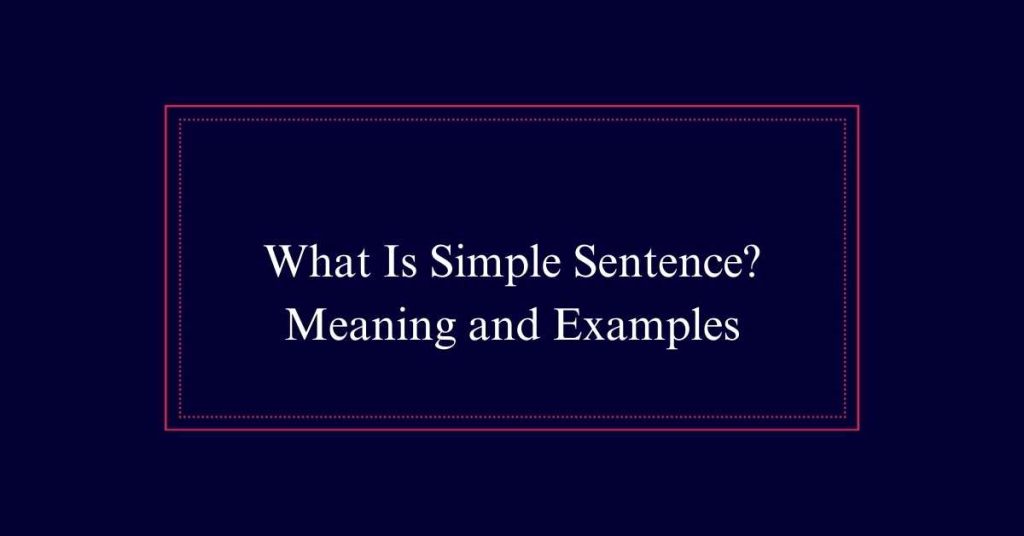
Unlike compound or complex sentences, a simple sentence avoids additional clauses, therefore maintaining clear and direct communication.
Key characteristics of a simple sentence include:
- Single Independent Clause: Contains just one subject and one predicate.
- Clear Meaning: Expresses a complete idea without the need for further information.
- Conciseness: Limited to essential elements, avoiding unnecessary complexity.
- Versatility: Can include compound subjects or verbs without losing its simplicity.
Importance in Writing
In writing, simple sentences enhance clarity and directness. They make ideas easy to understand by avoiding unnecessary complexity. This is vital in professional and academic contexts where clear communication is key. Simple sentences convey messages quickly, aiding reader comprehension.
Moreover, simple sentences are essential for emphasizing important points. They break down complex information into digestible parts. This helps readers retain key details.
Using simple sentences can also make writing more dynamic. It allows for varied sentence structures, which keeps the reader engaged.
Building Blocks
A simple sentence is formed by combining essential elements: a subject and a verb. These components create the foundation for clear and direct communication.
Even with the inclusion of additional elements like objects or modifiers, the sentence remains straightforward.
Key building blocks of a simple sentence include:
- Subject: The main noun or pronoun performing the action.
- Verb: The action or state of being.
- Direct Object: Receives the action of the verb.
- Modifiers: Words or phrases that provide more detail about the subject or verb.
Crafting Simple Sentences
Crafting simple sentences requires understanding the essential elements and how they interact. A simple sentence must have a subject and a verb. This forms the backbone.
For example, ‘The cat sleeps.‘ Additional elements like direct objects or modifiers can be added without complicating the structure. For instance, ‘The cat sleeps soundly.’ Here, ‘soundly’ is a modifier.
Even compound elements are allowed, such as ‘John and Mary dance.’ The key is maintaining one independent clause. This guarantees the sentence remains clear and effective.
Simple Vs. Compound Sentences
Understanding the difference between simple and compound sentences is essential for clear writing. A simple sentence contains one independent clause, featuring a subject and a verb, and can stand alone as a complete thought.
In contrast, a compound sentence combines two or more independent clauses, usually joined by a conjunction like ‘and,’ ‘but,’ or ‘or.’
Key distinctions include:
- Structure: Simple sentences have one clause; compound sentences have multiple independent clauses.
- Conjunctions: Compound sentences use conjunctions to link clauses.
- Length: Compound sentences are generally longer due to multiple clauses.
- Clarity: Simple sentences are straightforward; compound sentences provide more detail and complexity.
Simple Vs. Complex Sentences
While simple sentences consist of a single independent clause, complex sentences include one main clause and at least one dependent clause.
Simple sentences, such as ‘She reads daily,’ are straightforward and clear. They convey a complete thought with minimal complexity.
In contrast, complex sentences add depth by linking ideas, such as ‘She reads daily because it relaxes her.’ The dependent clause ‘because it relaxes her’ provides additional information but cannot stand alone.
Complex sentences are useful for showing relationships between ideas and adding detail. They help in creating more nuanced and sophisticated writing. However, overuse can lead to convoluted text, so balance is key.
Simple Vs. Compound-Complex Sentences
A simple sentence consists of one independent clause, while a compound-complex sentence contains multiple independent clauses and at least one dependent clause.
Simple sentences are straightforward, with a clear subject and predicate, making them easy to understand. In contrast, compound-complex sentences are more intricate, combining the elements of both compound and complex sentences.
Key distinctions include:
- Simple Sentence: One independent clause.
- Compound Sentence: Two or more independent clauses.
- Complex Sentence: One independent clause and at least one dependent clause.
- Compound-Complex Sentence: Multiple independent clauses and at least one dependent clause.
Additional Examples
Examining additional examples of simple sentences will further illustrate their straightforward structure and utility in writing. Consider these examples:
‘The sun rises in the east,’
‘She enjoys reading mystery novels,’ and
‘The child laughed joyously.’
Each sentence contains a subject and a verb, delivering a complete thought. Simple sentences can also include modifiers and objects while maintaining their simplicity. For instance,
‘The diligent student completed the assignment’ includes an adjective and a direct object. Another example is
‘He quickly finished the race,’ which incorporates an adverb.
These examples demonstrate how simple sentences can convey clear, concise information, making them fundamental in effective communication. Their simplicity ensures that the message is direct and easily understood.
